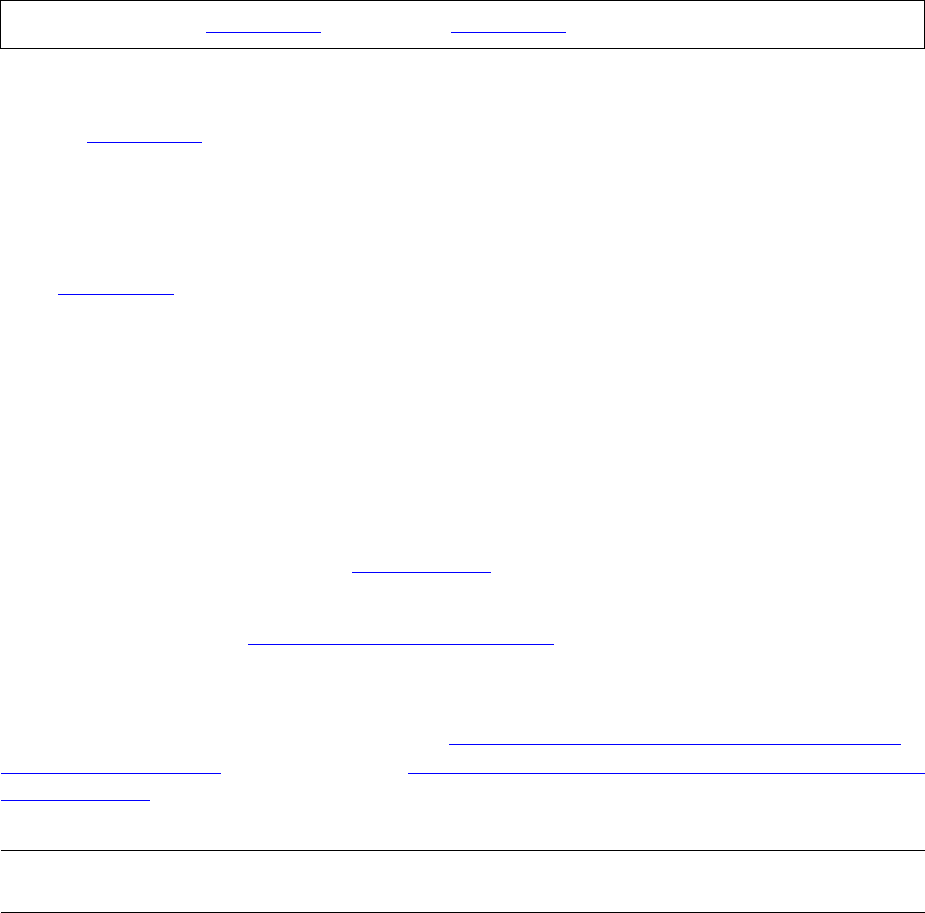Native Inspect Manual (H06.03+)
Table Of Contents
- What’s New in This Manual
- About This Manual
- 1 Introducing Native Inspect
- Native Inspect on TNS/E Systems
- Debuggers on NonStop TNS/E Systems
- Origins of Native Inspect
- Process Debugging With Native Inspect
- Debugging Multiple Processes
- Global Debugging
- Debugging TNS Processes
- Snapshot File Analysis
- Debugging DLLs
- Handling Events
- Switching Debuggers (To or From Inspect and Visual Inspect)
- Stopping Native Inspect
- Differences Between Native Inspect and WDB and GDB
- 2 Using Native Inspect
- Quick Start for Inspect Users
- Preparing to Debug Using Native Inspect
- Sample Native Inspect Session
- Start Your Program Under Native Inspect
- Load Symbols
- Determine Compilation-Time Source Name
- Set Source Name Mapping
- Add Current Directory to Source Search Path
- List Source
- Set a Breakpoint on main()
- Continue Execution
- Trace the Stack (Back Trace)
- List Source
- Step Execution (Over Any Function Calls)
- Print a Variable
- Step Execution (Over Any Function Calls)
- Step In to a Called Function
- Set a Memory Access Breakpoint (MAB)
- Trace the Stack (Back Trace)
- List Source
- Continue Listing Source
- Set a Breakpoint on Line 52
- Continue Execution
- Display a Structure
- Enable “pretty” Printing
- Modify a Structure Field
- Terminate Program and Session
- 3 Syntax of Native Inspect Commands
- Categories of Native Inspect Commands
- Syntax of Common Command Elements
- # command
- a command
- add-symbol-file command
- amap command
- attach command
- base command
- break command, tbreak command
- bt command
- can command
- cd command
- commands command
- comment command
- condition command
- continue command
- d command
- delete command
- delete display command
- detach command
- dir command
- disable command
- disable display command
- disassemble command, da command
- display command
- dmab command
- down command, down-silently command
- enable command
- enable display command
- env command
- eq command
- exit command
- fc command
- files command
- finish command
- fn command
- frame command, select-frame command
- help command, help option
- hold command
- i command
- ignore command
- ih command
- info command
- jb command
- jump command
- kill command
- list command
- log command
- ls command
- mab command
- map-source-name command
- mh command
- modify command
- next command, nexti command
- nocstm option
- output command
- print command
- priv command
- ptype command
- pwd command
- quit command
- reg command
- save command
- select-frame command
- set command (environment)
- set command (variable)
- show command
- snapshot command
- source command
- step command, stepi command
- switch command
- symbol command, symbol-file command
- tbreak command
- tj command, tu command
- tn command
- unload-symbol-file command
- until command
- up command, up-silently command
- vector command
- version option
- vq command
- wait command
- whatis command
- x command
- 4 Using Tcl Scripting
- A Command Mapping With Debug and Inspect
- Glossary
- Index

Syntax of Native Inspect Commands
Native Inspect Manual—528122-003
3-44
list command
list command
Lists source code starting at the current execution location or the most recently listed
location. Native Inspect reads source from EDIT file (file code 101) and unstructured
files (file code 180).
By default, Native Inspect displays 10 lines before and after the current location.
However, the number of displayed lines might differ for EDIT files that contain fractional
line numbers.
Aliases: l
start-linespec
is the location at which the source code display is to begin. If you omit start-
linespec, Native Inspect lists source lines relative to the current program location
or the last listed source location.
end-linespec
is the location at which the source code display is to end. If you omit end-
linespec, Native Inspect lists 10 lines by default.
Locating Source Files
If the list command cannot locate the source file you want, an error message is
displayed that contains the compile-time location recorded in the object file:
•
If the base file name is unchanged (the name of the current file is the same as the
compile-time name), use the dir command to specify the subvolume that contains
the file.
•
Otherwise, use the map-source-name command to map the compile-time file name
to the current name. You can copy and paste the path name displayed in the error
message as the left-hand argument to the map command.
For examples of locating source files, see Determining the Compilation-Time Source
Name (If Necessary) on page 2-5 and Configuring a Search Path for Your Source Files
(If Necessary) on page 2-5.
list [ start-linespec ][, end-linespec ]
Note. For NonStop OS EDIT files that contain fractional line numbers (such as 12.1) the range
of lines listed might be more or less than that implied by the line range specification.










